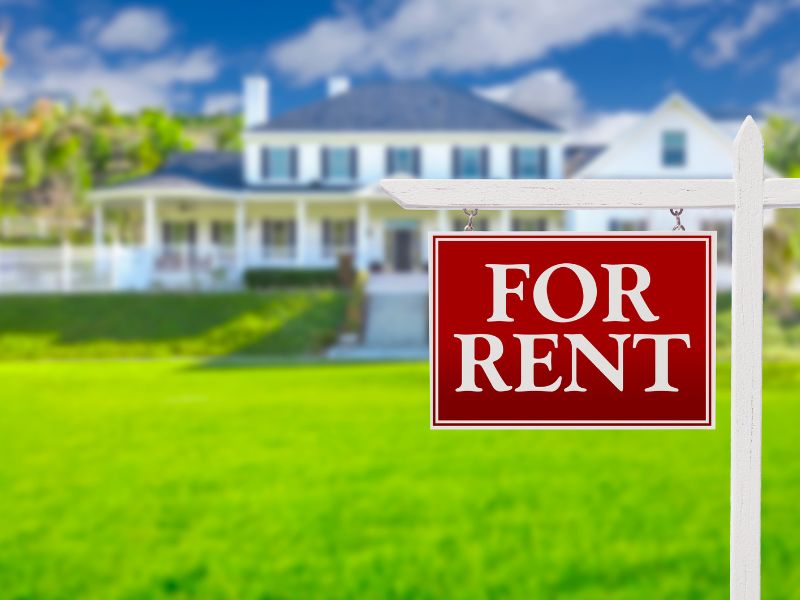The rental property market in Dubai has been a key driver of its booming real estate sector. With a growing influx of people into the country, the rental demand is consistently rising, creating exciting opportunities for property investors. In this article, we delve deep into rental yield— what it is, how it’s calculated, key factors that impact it, and how Dubai compares to other global property markets.

What is Rental Yield?
Rental yield is the return on investment (ROI) that property owners receive from renting out their properties. In simple terms, it’s the percentage of the property’s value that is recouped annually through rent.
There are two main types of rental yield:
- Gross Rental Yield: This is calculated by dividing the annual rental income by the property’s purchase price and multiplying it by 100.
- Net Rental Yield: This considers all costs associated with owning the property, including service fees, property management fees, and agent fees. Net rental yield is typically lower as it accounts for these expenditures.
Example:
Let’s say you buy a property in Dubai for AED 1 million, including all associated fees. If the annual rent is AED 80,000, the gross rental yield would be 8%. After subtracting AED 10,000 in fees (management, service, etc.), your net rental yield would be 7%.
What is Considered a Good Rental Yield in Dubai?
The Dubai property market offers attractive rental yields compared to many global cities. Generally, rental yields in Dubai range from 8% to 10%, particularly for lower-priced properties or those bought off-plan years ago. However, more expensive properties tend to yield lower returns, as rental rates have a ceiling that can’t easily be exceeded, regardless of the property’s value.
For instance, cheaper or older properties tend to offer higher rental yields, especially when their purchase prices were significantly lower. As the value of these properties increases, so do their rents, allowing for strong rental returns.
Dubai vs. Global Rental Markets
Dubai’s rental yields are considerably higher than in other major global cities. Investors in places like London or Mumbai often see rental yields as low as 1% to 4%, and this is before accounting for taxes and other deductions. In contrast, cities such as Manchester or Liverpool in the UK offer yields closer to Dubai’s rates—around 7% to 10%.
The lack of property taxes in Dubai further enhances its appeal, allowing property owners to retain more of their rental income.
Key Factors Influencing Rental Yield in Dubai
Several factors contribute to a property’s rental yield, including:
- Supply and Demand: The more scarce the property type, the higher its rental demand. This principle drives higher yields for certain properties.
- Community and Amenities: The quality of the community and the amenities available are crucial in determining rental demand. People are willing to pay higher rents for properties in well-maintained communities that offer superior amenities.
- Property Quality: It’s not just the location but also the condition of the property and the developer’s reputation that influence rental yields. Tenants are attracted to properties that are well-kept and managed.
- Market Trends: For off-plan properties, it’s challenging to predict future rental yields with complete accuracy. However, examining comparable properties within the same area, especially those by the same developer, can offer valuable insights into potential returns.

Current Rental Demand in Dubai
Dubai’s rental market thrives due to the sheer number of people moving to the city. Many expatriates arrive without the means to immediately purchase a property, and mortgages are not always accessible for newcomers. This creates a robust demand for rental properties.
Additionally, Dubai’s short-term rental market, bolstered by platforms like Airbnb, has further driven demand. Many investors are now purchasing properties specifically to cater to short-term tourists and visitors, which commands premium rental rates.
Short-term rentals, combined with long-term leases, make Dubai’s rental market highly dynamic. New residents often rent for a few years before deciding to buy property, increasing the demand for rental homes.
Future Trends: What’s Next for Dubai’s Rental Yields?
The future of Dubai’s rental yields is heavily dependent on two key factors—supply and demand. As long as there are people moving to the city, rental demand will remain strong. However, the supply of new properties, especially in desirable locations and communities, will dictate how yields fluctuate in the coming years.
While rental yields in some areas may decline as the market becomes saturated with new developments, there is likely to remain a strong demand for quality properties in well-established communities with excellent amenities. Investors should keep an eye on these factors when choosing properties for rental investment.
Rental yields in Dubai are among the highest in the world, making it a prime destination for property investors. By understanding the key factors influencing rental yields—such as supply and demand, property quality, and community amenities—investors can maximize their returns. As Dubai continues to grow and attract new residents, the rental market is set to remain a lucrative aspect of the city’s real estate landscape.
For those considering investing in Dubai’s off-plan property market, conducting thorough research on the developer, surrounding properties, and rental trends is crucial. With the right strategy, property investors can secure substantial rental yields in this thriving market.
